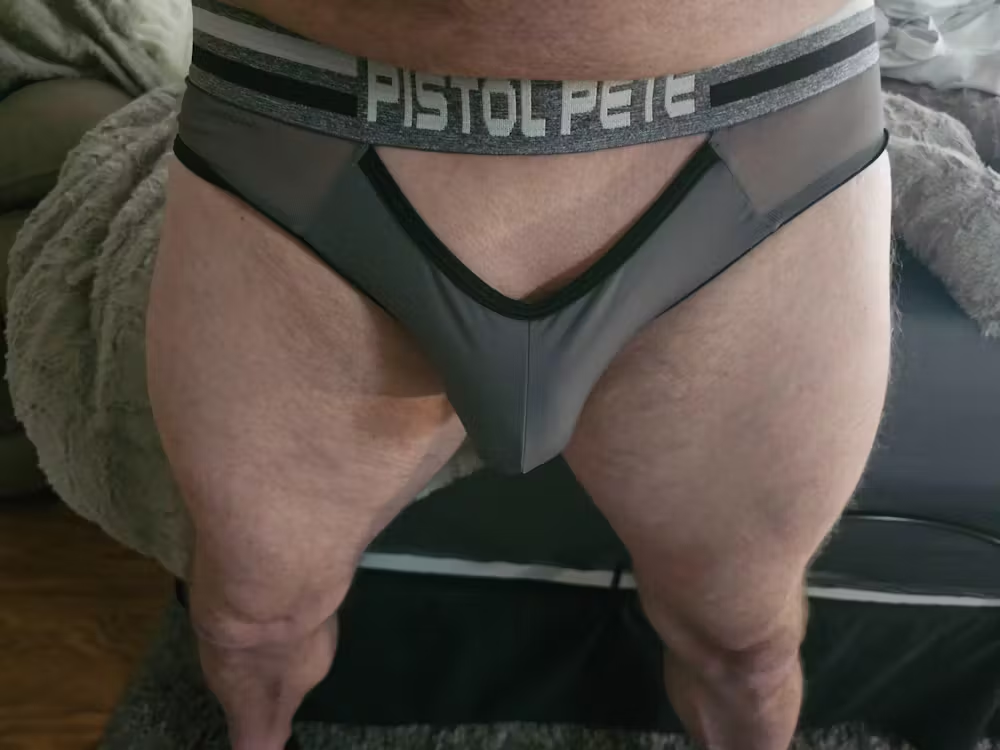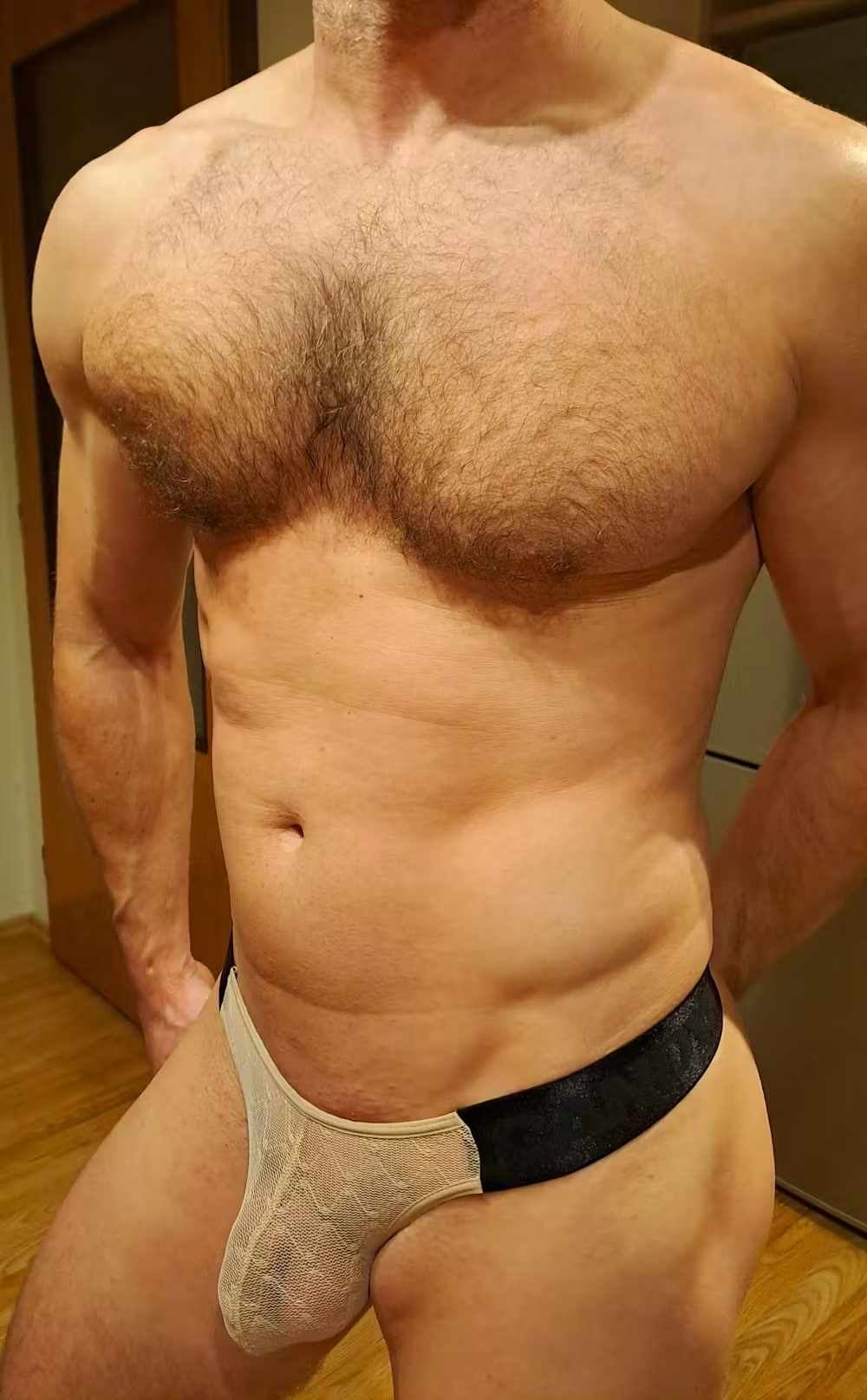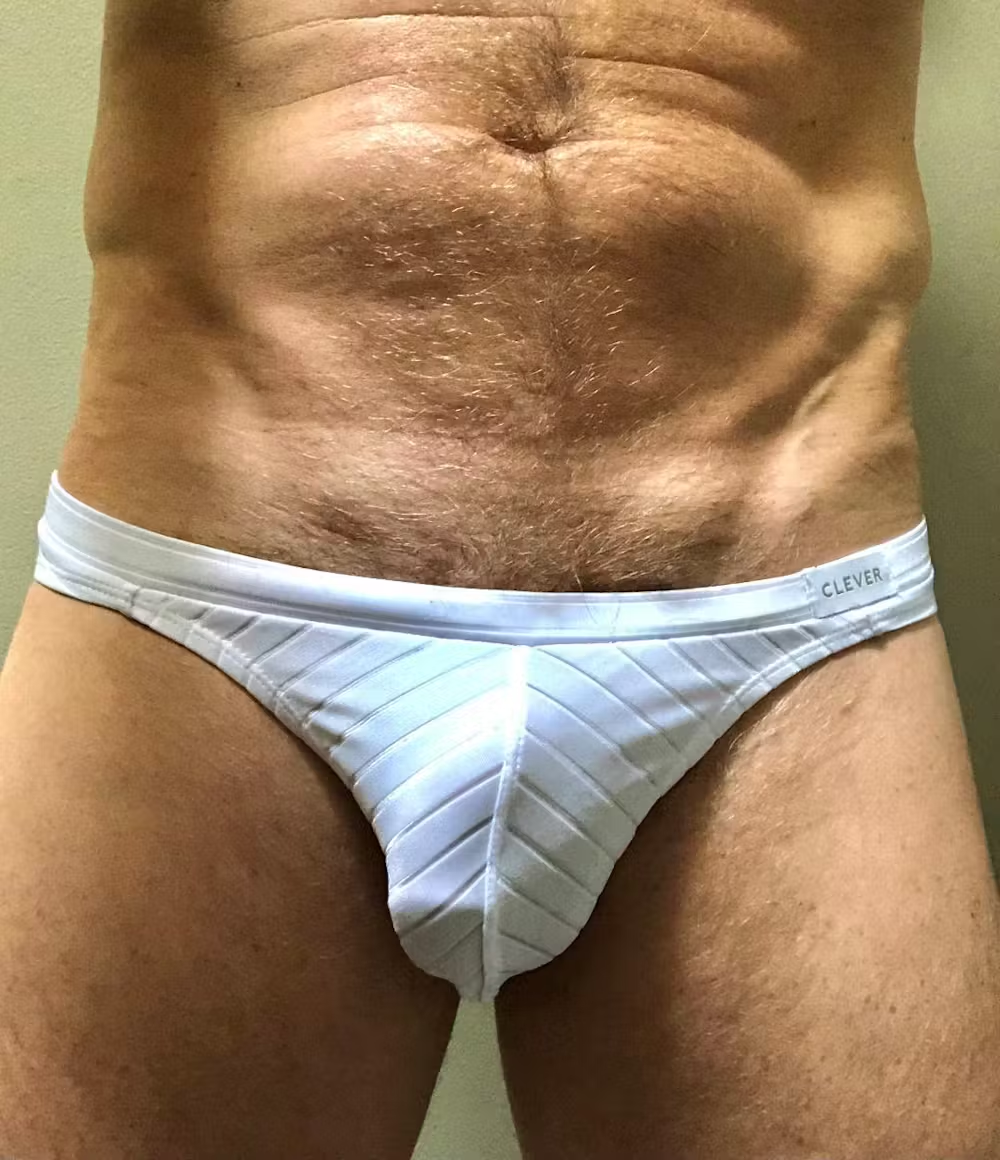The Naked Truth About Leather Harness Longevity
Listen, I'm not going to sugarcoat this for you. Your leather harness is an investment—both financially and emotionally. Whether you're strutting through Pride festivities or commanding attention in intimate settings, that gorgeous piece of craftsmanship deserves respect. And by respect, I mean proper maintenance that'll keep it supple, lustrous, and ready for action.
The brutal reality? Most people treat their leather harnesses like disposable fashion accessories. They'll drop serious cash on premium gear, then watch it crack, fade, and deteriorate because they couldn't be bothered with basic leather harness care tips. Don't be that person.
Quality leather harnesses aren't just accessories—they're expressions of identity, confidence, and personal style. They deserve the same meticulous attention you'd give to a luxury leather jacket or handcrafted boots. The difference is, harnesses often endure more intense conditions: body heat, moisture, friction, and let's be honest, activities that standard leather goods never face.
Demystifying Leather Types and Their Unique Demands
Not all leather is created equal, and understanding your harness's specific material composition is crucial for proper maintenance. Full-grain leather, the gold standard of harness construction, requires different treatment than corrected-grain or bonded alternatives.
Full-grain leather retains the hide's natural surface, complete with inherent imperfections that actually enhance its character and durability. This premium material develops a beautiful patina over time but demands consistent conditioning to prevent desiccation. Top-grain leather, slightly more processed, offers excellent durability with enhanced uniformity but still requires dedicated care protocols.
Identifying Your Harness Material
Before diving into maintenance routines, you need to identify exactly what you're working with. Genuine leather harnesses typically feature natural grain patterns and slight variations in texture. They'll also emit that distinctive leather aroma—earthy, rich, and unmistakable.
Synthetic alternatives, while often more affordable and sometimes easier to maintain, require completely different care approaches. PVC and polyurethane harnesses can't absorb traditional leather conditioners and may actually be damaged by products designed for genuine leather.
Premium Leather Characteristics
High-quality leather harnesses exhibit specific characteristics that influence maintenance requirements. The leather should feel supple yet substantial, with natural flexibility that doesn't compromise structural integrity. Premium pieces often feature hand-stitched seams, solid metal hardware, and consistent dye penetration throughout the material.
Understanding these nuances helps you tailor your maintenance approach. Vegetable-tanned leather, for instance, requires more frequent conditioning than chrome-tanned alternatives but develops superior patina over time.
Building Your Leather Care Arsenal
Proper harness maintenance demands the right tools and products. Forget generic leather cleaners from the automotive section—your harness deserves specialized treatment.
When investing in quality leather gear, consider exploring curated collections that prioritize both style and durability. Our harness collection features meticulously selected pieces from LGBTQ+ friendly brands that understand the importance of both aesthetics and longevity in leather accessories.
These carefully chosen harnesses are crafted from premium materials that respond beautifully to proper maintenance, developing character and richness that only improves with time.
Essential Cleaning Supplies
Your leather care arsenal should include saddle soap or specialized leather cleaner, high-quality conditioning products, soft microfiber cloths, and natural bristle brushes for detailed work. Avoid products containing harsh chemicals, alcohol, or petroleum-based ingredients that can strip natural oils and cause premature aging.
Invest in pH-balanced cleaners specifically formulated for fashion leather rather than heavy-duty industrial applications. Your harness isn't a work boot—it requires gentler, more nuanced treatment.
Conditioning Products That Actually Work
Mink oil, neatsfoot oil, and specialized leather balms each offer distinct advantages depending on your harness's specific needs and usage patterns. Mink oil provides deep penetration and water resistance but can darken lighter leathers. Neatsfoot oil offers excellent conditioning properties but requires careful application to prevent over-saturation.
Modern synthetic conditioners often provide superior consistency and predictable results without the color-altering effects of traditional animal-based products.
The Complete Cleaning Protocol
Effective harness maintenance begins with systematic cleaning that removes accumulated dirt, oils, and other contaminants without compromising the leather's integrity.
Start by removing all detachable hardware when possible. This allows thorough cleaning of both leather and metal components while preventing chemical interactions that could cause discoloration or corrosion.
Pre-Cleaning Assessment
Before applying any cleaning products, conduct a thorough visual inspection. Look for cracking, excessive wear, loose stitching, or hardware issues that might require professional attention. Addressing these problems early prevents minor issues from becoming major repairs.
Test any new cleaning products on an inconspicuous area first. Leather can react unpredictably to unfamiliar chemicals, and you don't want to discover incompatibility on your harness's most visible surfaces.
Step-by-Step Cleaning Process
Begin with dry brushing using a soft-bristled brush to remove surface dirt and debris. Work systematically, paying attention to creases, seams, and areas where the leather folds or overlaps.
Apply leather cleaner sparingly using a clean, damp cloth. Work in small sections, allowing the cleaner to penetrate for the manufacturer's recommended time before gently agitating with a soft brush. Remove cleaner residue with a clean, barely damp cloth, then allow the leather to air dry completely.
"The key to exceptional leather maintenance isn't expensive products or complicated techniques—it's consistency and attention to detail. Treat your harness with the same respect you'd show any premium leather investment."
Conditioning: The Secret to Supple Success
Conditioning represents the most critical aspect of leather harness maintenance. Without regular conditioning, even the finest leather will eventually succumb to cracking, stiffness, and premature deterioration.
For those seeking reliable, well-constructed pieces that respond beautifully to proper care, consider our cock ring harness—a versatile accessory that demonstrates how thoughtful design and quality materials create lasting value when maintained properly.
This piece exemplifies the type of quality construction that rewards careful maintenance with years of reliable service and developing character.
Timing Your Conditioning Sessions
Conditioning frequency depends on usage patterns, environmental conditions, and leather type. Heavily used harnesses in humid climates require more frequent attention than occasional-wear pieces stored in controlled environments.
Generally, conditioning every 3-6 months provides adequate protection for most harnesses. However, trust your senses—leather that feels dry, looks dull, or shows surface cracking needs immediate attention regardless of your scheduled maintenance routine.
Application Techniques That Matter
Proper conditioner application requires patience and technique. Apply products sparingly using circular motions, working the conditioner into the leather gradually. Excessive product application can clog pores and actually impede the leather's natural breathing properties.
Pay special attention to stress points: areas around buckles, D-rings, and adjustment mechanisms that experience repeated flexing and tension. These zones typically require more frequent conditioning to maintain flexibility and prevent cracking.
Storage Solutions That Preserve Investment
Proper storage significantly impacts harness longevity. Incorrect storage can undo months of careful maintenance in just a few weeks.
Never store leather harnesses in plastic bags or airtight containers. Leather needs to breathe, and trapped moisture creates ideal conditions for mold, mildew, and bacterial growth that can permanently damage both the material and any attached components.
Optimal Storage Conditions
Store harnesses in cool, dry environments with stable temperature and humidity levels. Extreme temperature fluctuations cause leather to expand and contract, accelerating wear and potentially compromising structural integrity.
Hang harnesses when possible, using padded hangers that distribute weight evenly. If hanging isn't feasible, lay them flat with acid-free tissue paper separating contact points to prevent transfer marks or indentations.
Avoiding Common Storage Mistakes
Direct sunlight exposure causes fading and leather degradation. Heat sources like radiators or forced-air vents create localized drying that leads to cracking. Basement storage often introduces excessive humidity and potential mold problems.
Consider investing in cedar accessories or moisture-absorbing products specifically designed for leather storage. These additions help maintain optimal environmental conditions while providing natural protection against insects and odors.
Troubleshooting Common Harness Problems
Even well-maintained harnesses occasionally develop issues requiring targeted intervention. Understanding how to address common problems prevents minor concerns from escalating into replacement necessities.
| Problem | Cause | Solution |
|---|---|---|
| Surface cracking | Insufficient conditioning | Immediate conditioning, then regular maintenance schedule |
| Stiffness | Over-drying or age | Multiple light conditioning treatments over several weeks |
| Discoloration | Chemical exposure or poor storage | Professional restoration or color-matching products |
| Hardware corrosion | Moisture exposure | Metal polish and improved storage conditions |
Emergency Intervention Strategies
Harnesses exposed to excessive moisture require immediate attention. Remove excess water with absorbent towels, then allow slow air drying away from direct heat sources. Once completely dry, apply conditioning treatment to restore flexibility and prevent cracking.
Salt stains from perspiration need prompt removal using slightly damp cloths followed by thorough conditioning. Salt crystals act as desiccants, drawing moisture from leather and causing accelerated aging if left untreated.
Professional Restoration vs. DIY Maintenance
Understanding when to attempt DIY repairs versus seeking professional restoration saves both money and heartache. Minor surface issues typically respond well to home treatment, while structural problems require expert intervention.
Torn stitching, separated seams, or damaged hardware generally necessitate professional repair. Attempting complex repairs without proper tools and expertise often causes additional damage that increases overall restoration costs.
When to Call the Experts
- Significant cracking that doesn't respond to conditioning
- Hardware replacement or repair needs
- Color restoration for valuable or sentimental pieces
- Structural modifications or sizing adjustments
- Mold or mildew damage requiring specialized treatment
Maximizing DIY Success
Successful home maintenance requires realistic expectations and appropriate product selection. Focus on preventive care rather than attempting major repairs. Regular cleaning, conditioning, and proper storage prevent most serious problems from developing.
Document your maintenance routine with photos and notes. This record helps track product effectiveness, identify emerging problems early, and provides valuable information if professional restoration becomes necessary.
Extending Harness Lifespan Through Smart Practices
Longevity isn't just about maintenance products—it's about developing habits that minimize unnecessary stress and wear on your leather accessories.
Rotate multiple harnesses if your budget allows. This practice reduces individual piece wear while ensuring you always have properly conditioned gear available. Think of it as building a curated wardrobe rather than relying on a single statement piece.
Consider the environmental conditions where you'll be wearing your harness. Beach events, outdoor festivals, and humid climates present unique challenges that may require modified maintenance protocols or specific product choices.
Quality leather harnesses represent significant investments in both personal expression and craftsmanship. With proper care, attention, and respect for the materials involved, these pieces can provide years of reliable service while developing the kind of character that only comes with age and thoughtful maintenance.
Remember, leather harness care tips aren't just about preservation—they're about honoring the artistry, materials, and investment you've made in expressing your authentic self. Your gear deserves nothing less than your best effort.



















0 comments